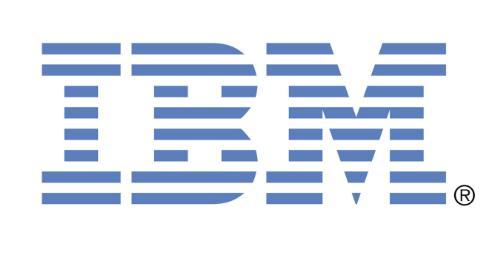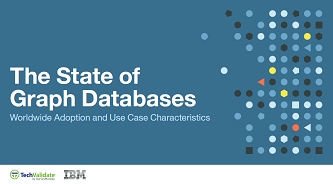 If your organization is like many, you may be taking a “store everything” approach to data. After all, storage has become more affordable than ever in recent years, and due to the accessibility of cloud-based technology, capacity has become almost limitless. The clear challenge is tapping into those massive volumes of data to derive actionable business value. That requires analytics. However, using a traditional relational database may not be the best approach, because adapting relational databases to answer deeply complex questions can create performance bottlenecks and added maintenance burden for your business.
If your organization is like many, you may be taking a “store everything” approach to data. After all, storage has become more affordable than ever in recent years, and due to the accessibility of cloud-based technology, capacity has become almost limitless. The clear challenge is tapping into those massive volumes of data to derive actionable business value. That requires analytics. However, using a traditional relational database may not be the best approach, because adapting relational databases to answer deeply complex questions can create performance bottlenecks and added maintenance burden for your business.
To gain a real-world perspective on how IT professionals are addressing these challenges, IBM, in partnership with TechValidate, conducted a global survey of 1,365 entrepreneurs and developers about the potential they see for graph databases as well as their current and planned use for this technology. We also queried them about how they are using graph to address problems, the benefits they are realizing, and examined how adoption of this technology differs by company size and industry. Survey respondents spanned small, medium and large companies in diverse industries across 74 countries.
The findings of the survey showed organizations are increasingly using graph to derive insights from the relationships between data sets:
-
Upswing in Graph Adoption: 43% of respondents use graph database for real-time analytics
-
Turning to Graph: Slow application performance and batch processes ranked highest (37% each) among respondent challenges
A new paper, The State of Graph Databases – Worldwide Adoption and Use Case Characteristics, provides an overview of graph technology, details the results of the survey—and highlights findings that debunk some of the most popularly held views about graph technology.
Sign up for the free insideBIGDATA newsletter.





Speak Your Mind